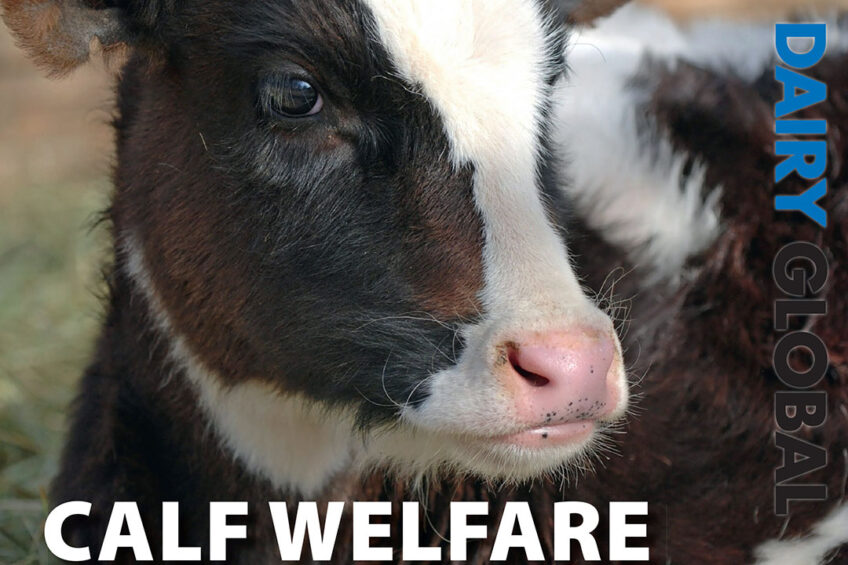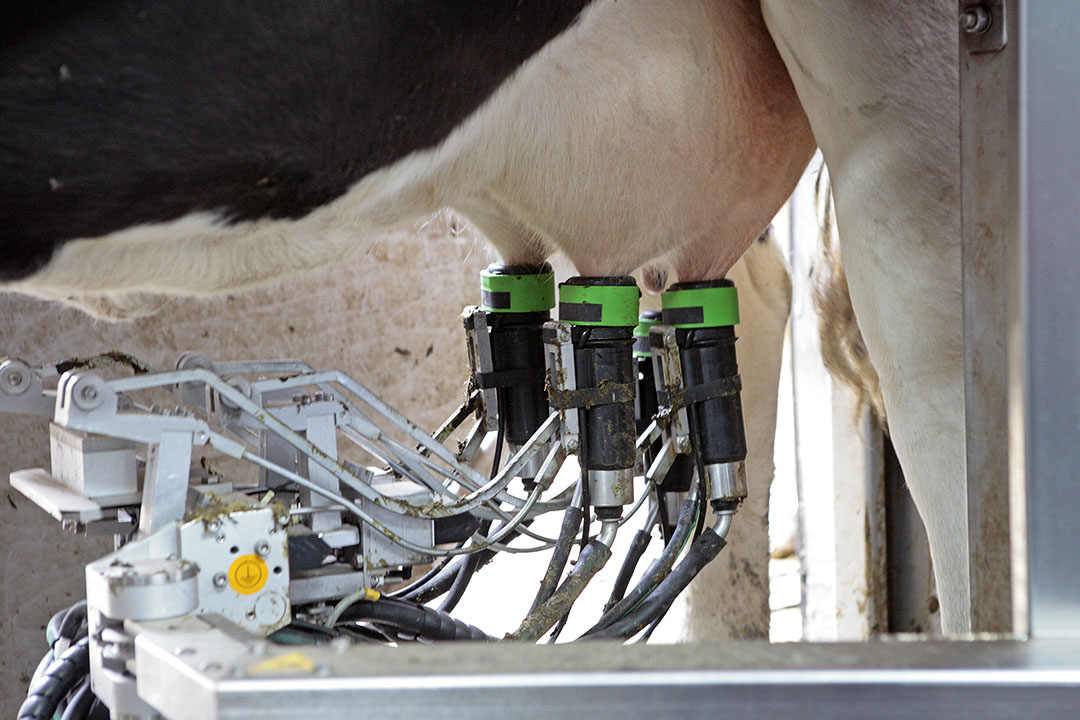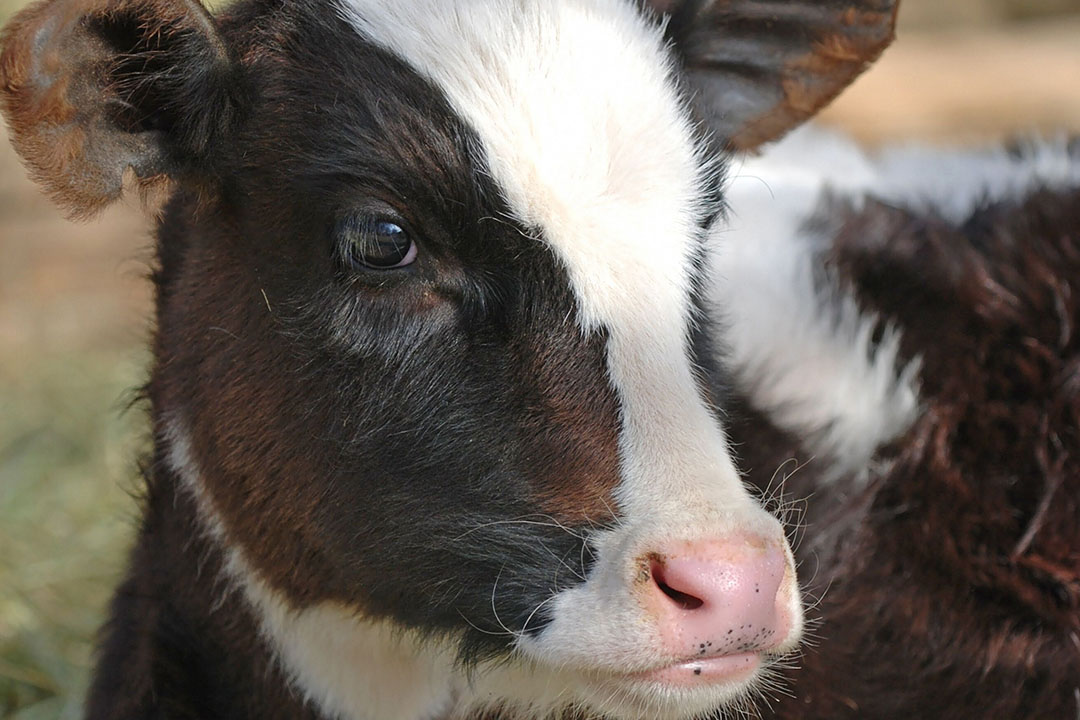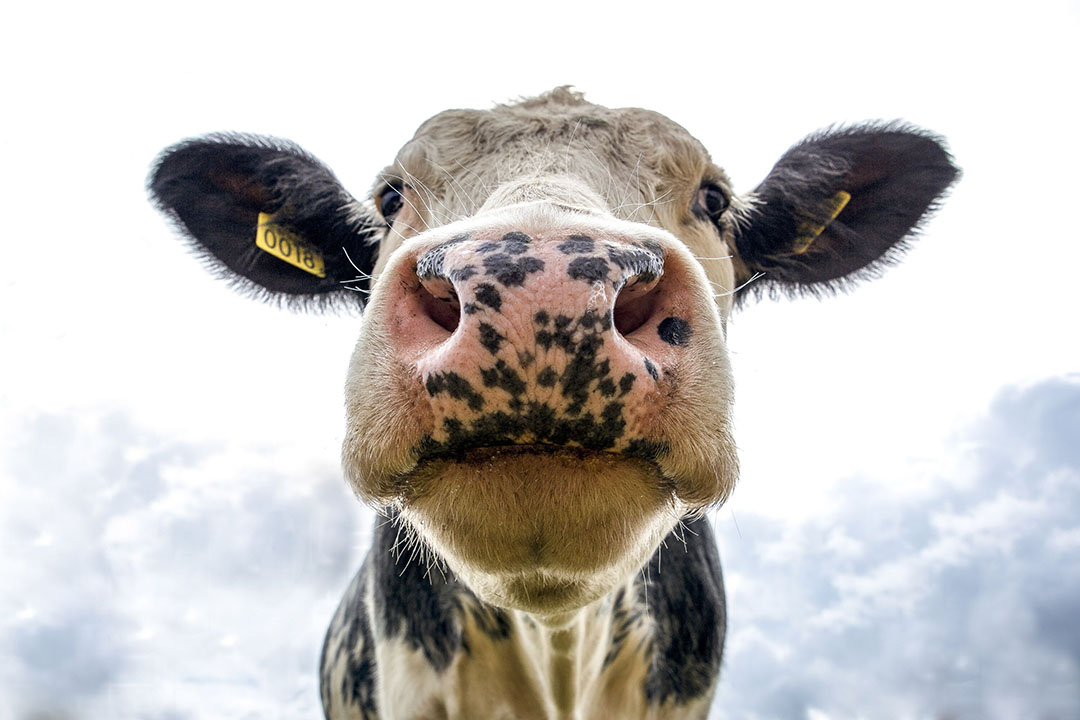Magazine edition 5: Welfare and milking in the spotlight

The last edition of 2022 looks at calf welfare during the process of disbudding and also dives into aspects of milking – optimising the milking process, automatic milking and improving milk quality. Flip through the pages and check it out…
Interview: Julien Martin from DSM Animal Nutrition & Health
DSM is a major player in vitamins and minerals, a market that is growing steadily. The company is growing faster in other additives, such as the launched methane inhibitor Bovaer. DSM expects to grow even more in biomarkers that signal diseases before they break out and in the targeted approach to specific pathogens through food. “Bovaer is a game changer for dairy farming,” he says. Page 6
Automatic milking and its effects
The dairy industry has adopted the automatic milking system (AMS) to increase milk yield and profit. In addition to being time-efficient, an AMS may increase milk production by up to 12% and decrease labour by as much as 30%. It takes only about 5 minutes to milk out a cow with an AMS, since the machine will milk all 4 quarters at the same time. The benefits of using an AMS may not, however, be fully realised for a variety of factors. Page 9

New smart sensors for dairy in Russia
A group of scientists from the National Technology Initiative, a Russian programme aimed at promoting advanced technologies in various sectors of the economy, have developed sensors designed to be embedded in food packaging to monitor the freshness of products. If the milk in a bottle carrying such a sensor turns sour, the indicator on it will change colour. Page 11
Australia: Growth in automatic milking
A growing number of dairy farmers in Australia are considering investing in an automatic milking system (AMS). One in every 3 dairy farmers in the country would consider installing an AMS when the time came to replace or upgrade the dairy milking shed. So far, adoption rates of an AMS in Australia, particularly in pasture-based systems, have been lower than expected. But the number of farmers with a commercial AMS in the country is gradually increasing. Page 12
Improving calf welfare during disbudding
The drive to improve the welfare of dairy calves undergoing disbudding starts with understanding the role of pain mitigation. In this new study, researchers from the University of Guelph dissected the process of disbudding to improve the welfare of dairy calves. Disbudding is the removal of horn-forming tissue before its attachment to the skull, whereas dehorning is the removal of the horn after this occurs, typically at 2-3 months of age. Page 14

Sustainable feed production – where do phytogenics fit in?
The future of animal nutrition was discussed in the last stop of the “Conneckting the world” tour of German-based animal nutrition company Dr Eckel. After stops in Thailand, Indonesia and Brazil, the tour wound up in November 2022 in Braunschweig, Germany, ahead of EuroTier 2022. About 40 animal nutrition experts from all over the world gathered to hear ideas around sustainability and animal welfare in feed production. Dr Carsten Malisch kicked off the conference. From Aarhus University in Denmark, this researcher had a very interesting presentation in which he discussed several bioactive compounds, how humans have been using them for centuries and – nothing is ever straightforward – how even within types of compounds there are differences. Page 16
READ THE DIGITAL MAGAZINE HERE
How milking system and pre-milking routines affect milk quality
Different farm management factors employed in milking systems are the cause for variation in the microbial community present in bulk tank milk. Several studies show that micro-organisms enter milk from a variety of sources and, once in milk, can play a number of roles, such as facilitating dairy fermentations, cause spoilage, promote health or cause disease. Page 18
Size matters: Halting the trend towards bigger cow
Dairy farmer Andy Rutter is firmly opposed to the principle “the bigger the better” when it comes to running his 380-head Holstein herd. Rutter, who spent 20 years working for genetics company Genus, running its EU breeding programme before returning to the Cheshire Clayhanger Hall Farm in northwest England 4 years ago, says he is baffled that farmers continue to select for larger cows. “Every time we have an accident, it seems to be with a big cow. She does the splits, gets stuck, has a displaced abomasum…” Page 20

Silage making – problems and solutions
Under certain silage-making conditions, several problems may arise unless strict management measures are observed. These problems include reduced intake and nutritive value of the ensiled crop, decreased animal performance on silage-based diets, and hazards to human health associated with the silage-making process. Some of these problems, and the management strategies that can be adopted to address them, are described here. Page 22
Optimising the mechanical milking process
Milking machine design affects milk extraction time, quantity and quality. Milking machine parameters such as vacuum level, pulsation rate and pulsation ratio also impact the welfare of dairy cattle. Thus, there is a need to optimise the milking process. Optimisation will enhance milking efficiency and reduce negative effects of milking machines on milk quality, sanitary status of the mammary gland and the incidence of mastitis, thereby improving cow health, welfare, performance and profitability. Page 24






